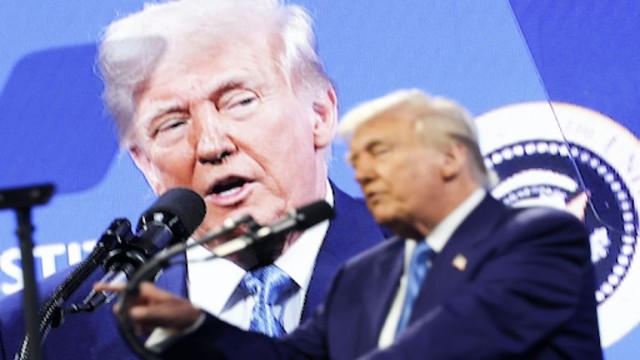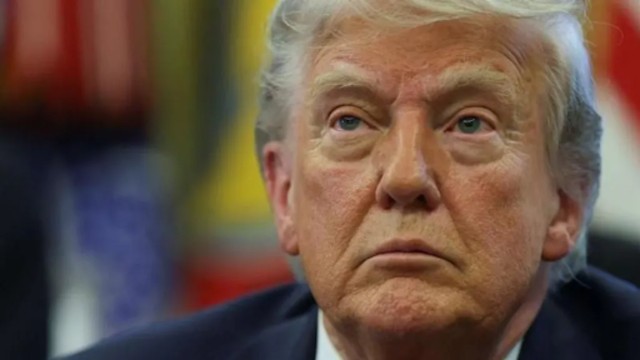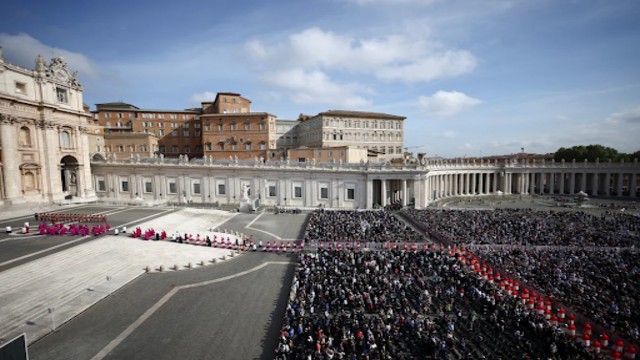
A screen displays U.S. President Donald Trump speaking at the FII Priority Saudi Investment Summit in Miami, Florida, on February 19, 2025. REUTERS
President Donald Trump signed several executive orders on Wednesday. One order stops federal money from supporting migrants who are in the country illegally. It directs all government agencies to review their programs and ensure no taxpayer money is used for this purpose.
The order also blocks federal funds from going to state or local governments that act as "sanctuary" jurisdictions. These places do not cooperate with federal immigration officers, making them a target for Trump’s administration. The White House said the goal is to enforce immigration laws more strictly.
Another order focuses on reducing government regulations. Trump instructed agency leaders to review all rules and remove those that do not match his administration’s policies. This effort is part of a larger plan led by Elon Musk’s Department of Government Efficiency. The administration argues that many regulations are unnecessary and create obstacles for businesses and government operations.
However, the plan is already facing legal challenges. Critics say cutting regulations without proper review could harm essential government functions. Supporters argue it will reduce government overreach and improve efficiency.
Trump also took steps to eliminate several advisory committees and independent agencies. Among them is the United States Institute for Peace, which works on conflict resolution worldwide. The Inter-American Foundation, which supports community development in Latin America and the Caribbean, is also set to be disbanded. Another affected agency is the U.S. African Development Foundation, which funds economic programs in African communities.
The president signed these orders while aboard Air Force One during a flight from Florida to Washington. His administration sees these actions as key steps in reshaping government priorities.















